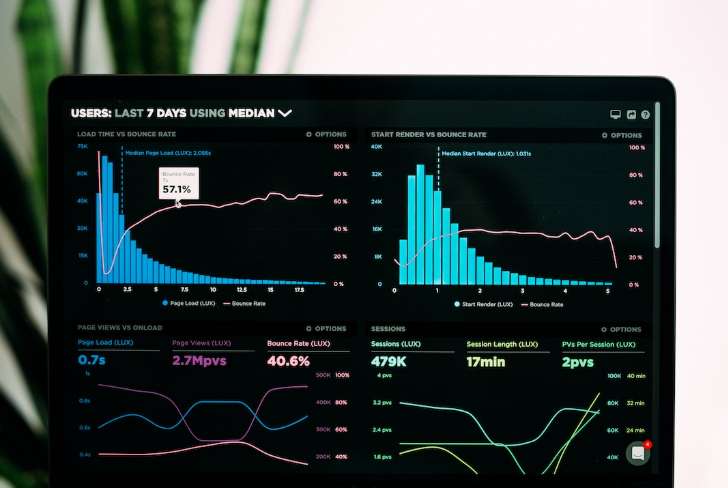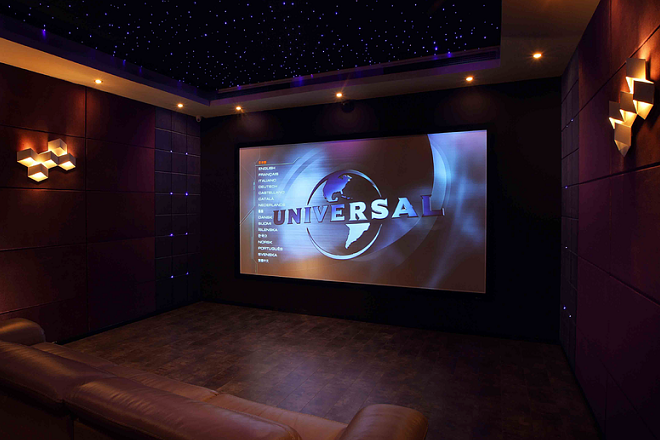Business data can be intricate and overwhelming. How can businesses use data effectively to drive decisions and strategy? One answer lies in its presentation. The skill of visual data representation can make complex data simple, more lucid, and insightful. Combination charts, a versatile type of visual representation, are a powerful tool in business data analysis. Keep reading.
Understanding Combination Charts in Business Analysis
A good starting point in understanding combination charts is recognizing their function. In essence, it’s a fusion of two or more different chart types into one, such as a line chart and a bar chart. The sole purpose of this combination is to showcase relationships or discrepancies between different data sets more effectively.
Deploying a combination chart in business analysis allows one to present dual-axis representations, projecting multiple layers of data in one view. This ability simplifies the comprehension of complex business data.
The choice of charts combined depends completely on the nature of the data to be analyzed. It could be some form of pie charts, bar graphs, line graphs, or even scatter plots. Therefore, understanding combo charts requires not only a basic command of different chart types but also an eye for spotting trends and relationships between data sets.
Importance of Using Combo Charts in Decision-Making
Data carries the utmost significance in business decision-making. Appropriately visualized data aids the decision-making process. Combination charts play a vital role here by presenting a more holistic view of the data.
Combination charts can put together different measurements on a single platform, making it easy to understand the full scenario without switching between different charts or spreadsheets.
Furthermore, combo charts assist in unearthing hidden patterns and relations in data sets, directly influencing the quality and speed of decision-making. Therefore, savvy business professionals often rely on combo charts for their key decision-making tasks.
Step-by-Step Guide on How to Create a Combination Chart
The first step in creating a combo chart is collecting and organizing the data. The data categories need to be precise, relevant, and applicably groupable. Next, select the suitable chart types to portray the collected data. This largely depends on the nature of the data and the business objective in question.
Once the data and chart types are chosen, you can proceed to develop the combination chart using any available business intelligence tools. Modern tools offer drag-and-drop features, simplifying the process.
Finally, keep refining the chart for accuracy and clarity until it perfectly resonates with the data and facilitates easy interpretation.
Key Advantages of Using Combination Charts for Business Data
Undoubtedly, one of the key advantages of using combination charts is their capacity to synthesize and present complex data in an easy-to-understand format.
Combination charts can present multiple layers of data simultaneously, bringing clarity through complexity. This attribute can significantly enhance data interpretation and insights extraction.
Moreover, combo charts can unearth hidden patterns and trends in the data, which traditional charts might miss out on. This capability can give businesses a competitive advantage.
Finally, in business terms, the use of combo charts can effectively influence decision-making and strategy development, steering the company toward its desired goals.
Common Mistakes to Avoid When Using Combination Charts
While using combo charts can have many advantages, it’s also vital to avoid certain common mistakes. First and foremost, never overcrowd a chart with excessive data. The aim is to make the data clearer, not more convoluted.
Secondly, choose the combination wisely. A wrong selection of charts can lead to misinterpretation of data. Moreover, care must be taken to use a consistent and sensible scale. Using different scales on the same chart might confuse the reader.
Finally, a common mistake is not to validate the data. Always ensure the data fed into the chart is accurate, as incorrect data will lead to incorrect conclusions.
Overall, the use of combination charts in business can dramatically redefine data comprehension, decision-making, and strategy formulation, provided they are employed accurately and with care.




